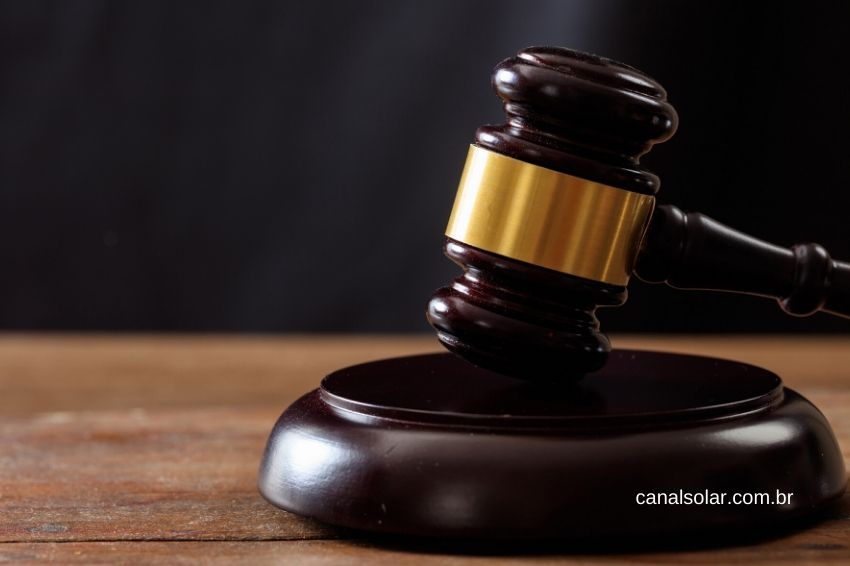After the announcement of the judicial recovery request of Sices, a distributor of photovoltaic products present in the Brazilian market, many doubts arose about what a judicial recovery process actually is. But after all, what is judicial recovery and how to proceed?
According to Pedro Dante, lawyer at the Demarest firm, judicial recovery is foreseen in law no. 11,101/2005 and establishes the rules of the process based on the general interest of preserving the company.
“The legal provision allows the businessman with debts, aiming for the company not to go bankrupt, to request judicial recovery precisely to avoid bankruptcy, employee dismissals and non-payment of creditors. The objective is for the company to survive and be able to pay its obligations”, explains Dante.
In general, the recovery process is divided into three phases: postulatory, deliberative and executory. “In the postulatory phase, the company requests judicial recovery and the judge analyzes the formal requirements for the installation of judicial recovery.
In the second phase, the vote on the value recovery plan is carried out, in this stage a judge is appointed and the company presents all debts and inventories all creditors and all companies that have credits with it. After this process, the plan for how the company will pay these amounts owed to its creditors is deliberated and voted on.
Then there is the enforcement phase, in which after approval of the judicial recovery plan, the judge monitors and monitors whether all conditions have been met and whether the company complies with all judicial recovery planning. Once all the stages have been overcome, the company comes out of judicial recovery and returns to normal.
If the company does not comply with the judicial recovery plan, the consequence is that the company will be declared bankrupt and it will no longer be able to operate”, explains the expert. Dante also clarifies what impacts may occur for customers of a company in the solar energy sector that is undergoing judicial recovery.
“The company does not stop, but orders and especially debts can be suspended. The company has to reorganize itself and present a plan to the judge who approves it. There will certainly be delays. If the company does not pay the importers of the materials, there will be delays in distribution to installers”, highlights the lawyer.
According to Dante, the recommendation is to wait for the court's decision. “After the Court approves the processing of the judicial recovery, a judicial administrator will be appointed and Sices will publish contact details on its website.
The distributor is still awaiting the approval of the judicial recovery and the appointment of the judicial administrator. For now, installers should contact Sices and keep information about the processing of the judicial recovery”, advises the lawyer.
According to the law, judicial recovery lasts up to 24 months, but it depends a lot on each process, each complexity and the amounts involved. As a result, the period can be extended, exceeding two years.

















